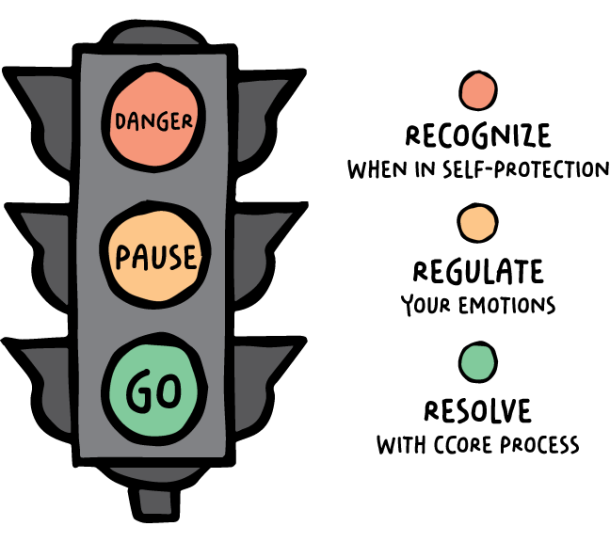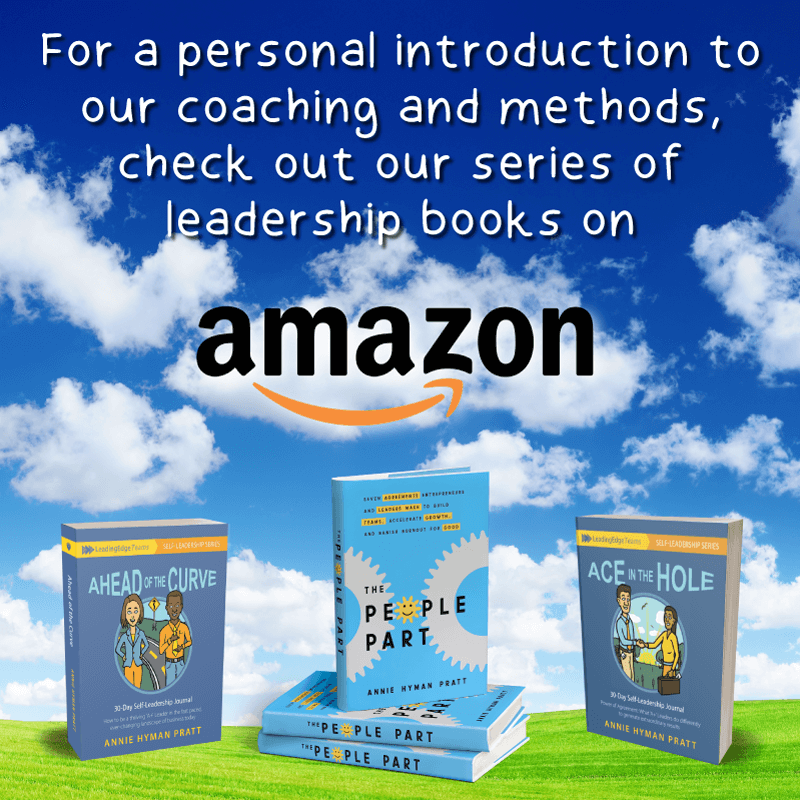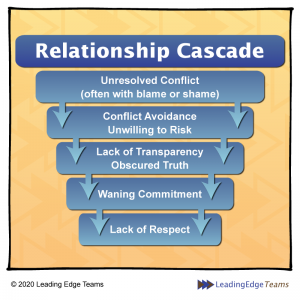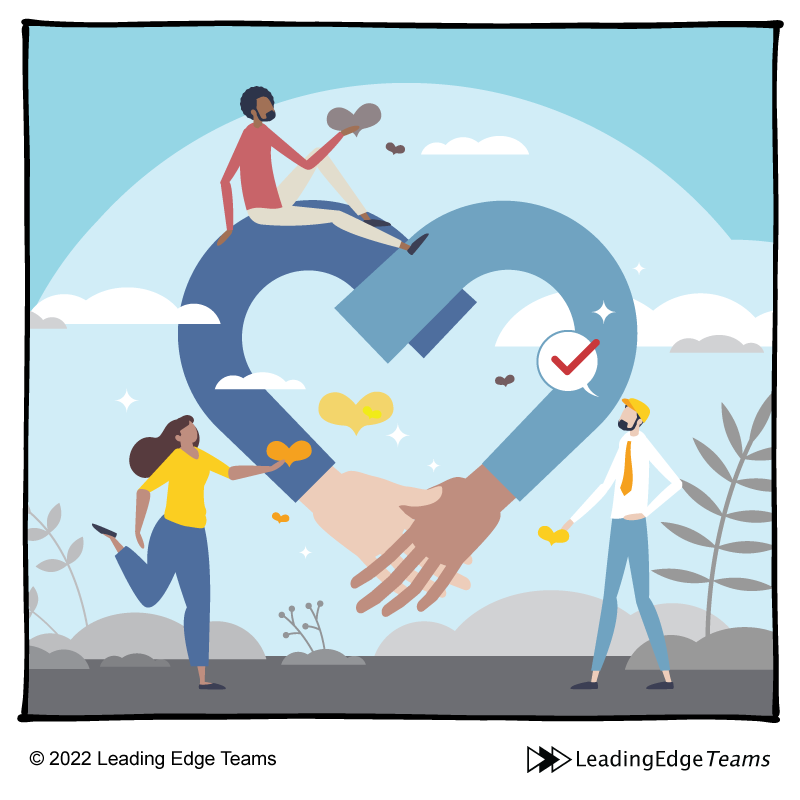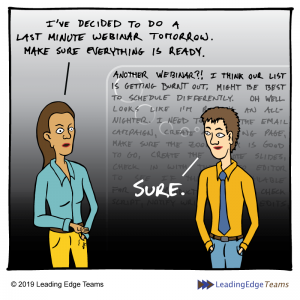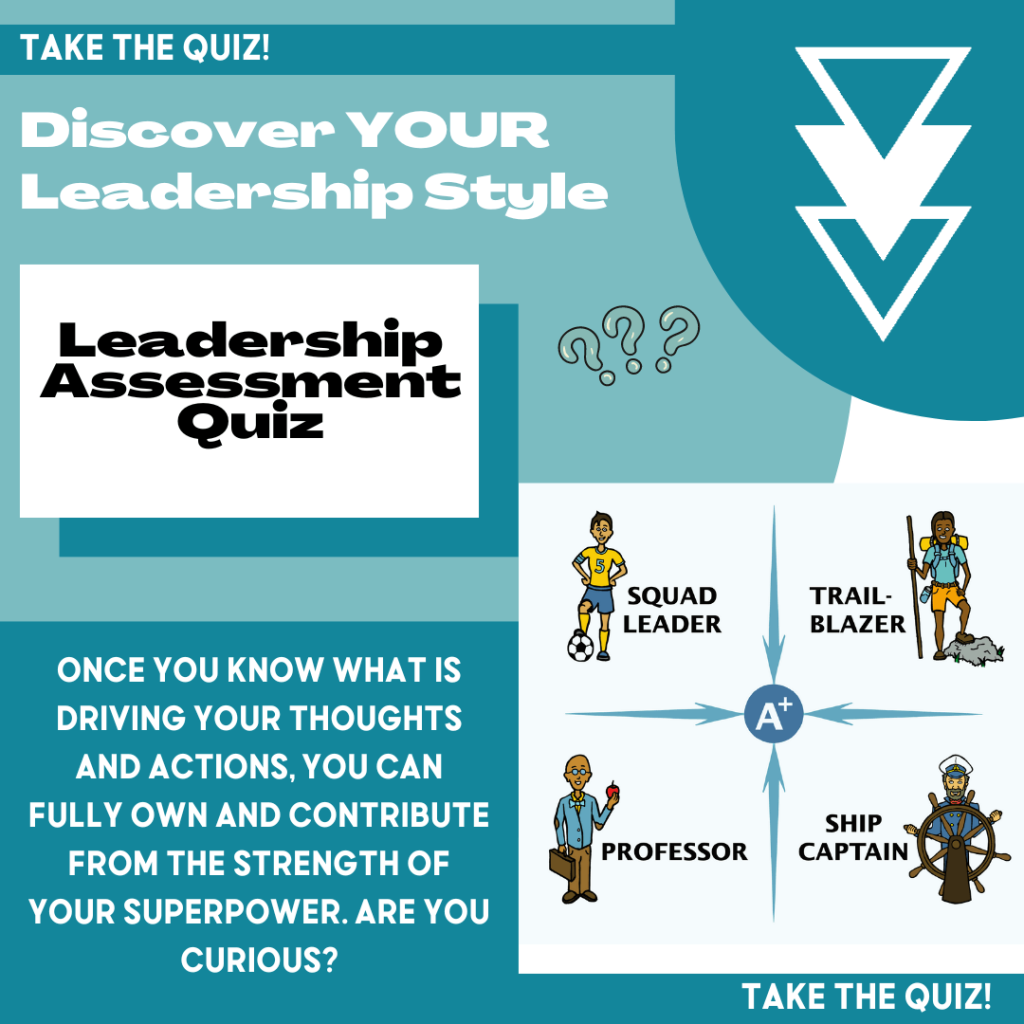Every day, and in every challenging work situation, YOU have a choice in how to respond and uplevel your performance. Yes, you do—even on the days that leave you feeling exhausted and on edge, feeling like you’ve been driving for hours in a bumper car rink. On the days where other people’s words and actions seem to force you to have an equal and opposite reaction—you can still choose to not immediately react in ways that ramp up emotions and add fire to frustrating situations.
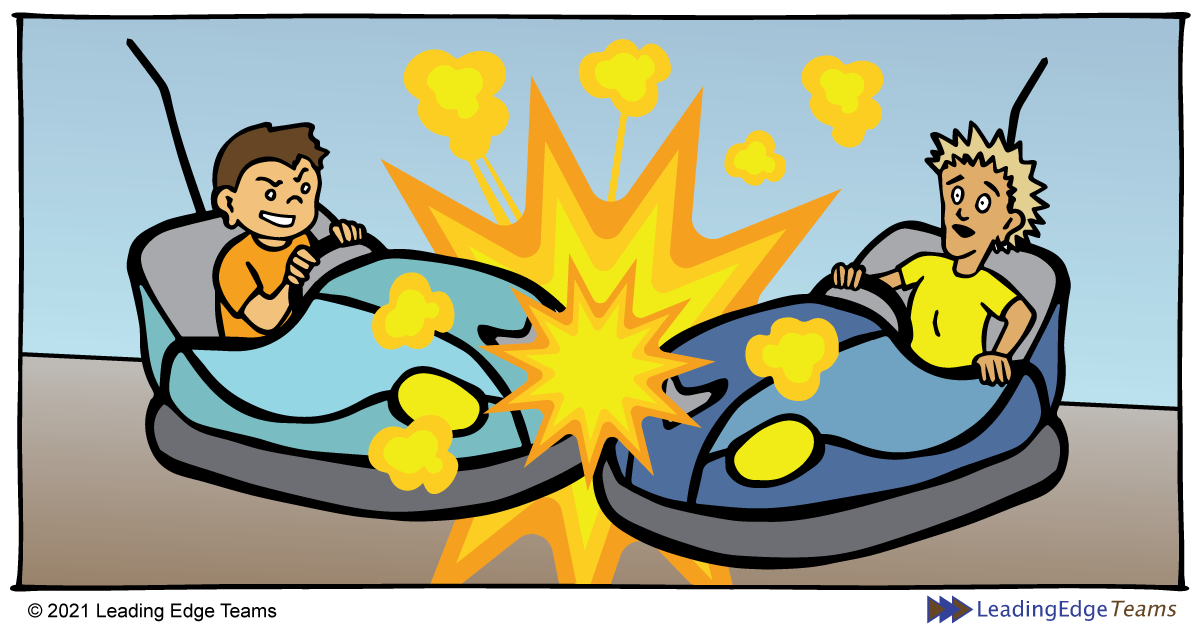
Those days especially—pause and take time to think. Raise your awareness about the innate things within you that stir your reactions and threaten to trip you up: 1) Your self-protective hard-wiring—fight, flight, freeze, please—which do you revert to most often? 2) conditioned reactions learned from childhood 3) habits formed throughout your lifetime from life and work experiences.
AWARENESS
Awareness is the first step to making any lasting change. Learn to recognize your triggers, because emotional reactivity blocks your ability to make a positive difference and inhibits your job performance. Develop the ability to interrupt your emotional reactions before they drive your decisions and actions. Emotional endurance increases when you recognize your triggers (events, people, places, things, thoughts)—and choose not to react to those common triggers.
In business, this demonstrates self-leadership, it speaks volumes. The ability to interact positively with your team when under stress and pressure makes you a leader that others want to work with (and inspires them to bring their ‘A’ game).
This does not mean things go perfectly, or that you have to be perfect. Perfection is not the goal. And waiting for, or expecting perfection will set you up to feel frustrated and fall short, creating unwanted reactions. Instead, remember the goal is “Self-Compassion and Progress” as you strive to strengthen your self-leadership by gaining awareness about triggers.
No matter what, in all things, remember that your response is 90 percent of the solution. Business (and life) require you to adapt, negotiate, change, overcome, persist, let go—and grow! If you don’t, it is severely limiting for yourself and to company outcomes—even show-stopping!
Along with types of people/personalities, make note of other situations in the workplace that are triggers that tend to cause you to fall into an automatic self-protective mindset or behavior.
Common ones are (Rate each 1 to 5, with 5 being greatest):
- Work overload or culture
- Job dissatisfaction or insecurity
- Continuous change (internally and externally)
- Human conflict (with CEO, manager, team member, external customers)
- A demanding, competitive work environment, not a collaborative one (not feeling psychologically safe).
In spite of these, the world keeps moving forward. You know business productivity is a must, even as workplace conflicts occur and personal life happens! You’re human, so you already know the stuff that swirls around and within you influences how you react professionally—and vice versa.
That said, triggers do happen. They stem from a genuinely perceived threat. So, have compassion for yourself and others when quick reactions blow away your best intentions in the workplace. As all people know, business is often challenging, and it can cause you to go into autopilot, and human self-protection. This throws your brain, the amygdala specifically, into an automatic reaction of fight or flight, please or freeze.
Notice how self-protection surfaces in you: emotions like fear, tension, anger, panic, resentment (list your own self-protective emotions). These emotions, coupled with striving for PERFECTION traps you in insecurity, anxiety and unhappiness (again add how you feel), and are detrimental to your progress and job satisfaction.
Whatever your position and role in a business, self-protection creates defeating combinations for humans who want to collaborate as a team—and it is magnified when you choose to focus on what’s wrong, not right—and sets you up to be in opposition with others.
Flip the script in your head, and claim the benefits of self-compassion. That concept may sound like fluff to you, but it is backed up by hard data. So go easy on yourself. Take a deep breath, and be willing to learn and try again. And remember, it’s likely others on your team have felt as you do at one time or another. You are not alone in emotional reactions that hinder you!
You grow as a business leader when you begin to recognize the self-protection triggers, and learn skills to keep them in check. Accepting what you must choose, change, or further develop within yourself is a key component of progressing consistently toward your career and business goals.
Lastly, consider the following to raise your awareness: “What one situation or person is tripping your trigger, prompting you to react in self-protective ways?” Next, “Why does it matter?” Then finally ask, “Is there anything I can do differently to achieve a different outcome?”
WHAT ELSE CAN YOU DO TO PREVENT TRIGGERS AND SELF-PROTECTION?
- ACCEPT SELF-CARE IS NOT AN INDULGENCE. IT'S A NECESSITY. Make time for it.
- CONSCIOUSLY CHOOSE THE IMPACT YOU WANT TO MAKE. (Plan ahead.)
- MASTER THE POWER OF THE PAUSE. (Self-protective emotional, reactive feelings tend to resolve when given time and space.)
- RAISE YOUR AWARENESS ABOUT THINGS THAT TRIGGER YOUR SELF-PROTECTION. Jot down the ones you recognize. (Master the pause and practice our CcORE Process: Clarify, Choose, Observe, Release, Engage)
- JOT DOWN YOUR ANCHORS (Hold to what you value and show up secure in yourself.)
- OBSERVE THOUGHTS AND FEELINGS (Avoid: “I should be doing better,” “I messed up.” Avoid self-judgements: right, wrong, good, bad).
- BEWARE OF WRITTEN, FAST-MOVING COMMUNICATIONS (Take time to pause and think, then respond.)
- CREATE RECOVERY PLAN FOR WHEN YOU GET STUCK. (One example is: Do you say “yes” when you mean “no?” Under pressure? Choose to pause. Buy some time to think things through before you commit or renegotiate.)
Again, go easy on yourself, self-leadership is an evolution. You are doing better than you know. Take a deep breath. With a new awareness of your triggers, you are set up to uplevel your performance. Well done! Don’t hesitate to contact us if needed.
Let us hear from you. Share in the comments below. What is your take away?
Annie and the Leading Edge Team
Share this ARTICLE



